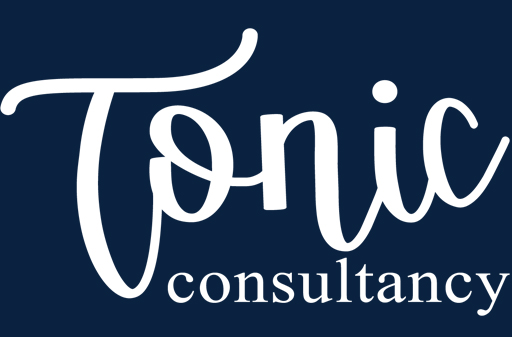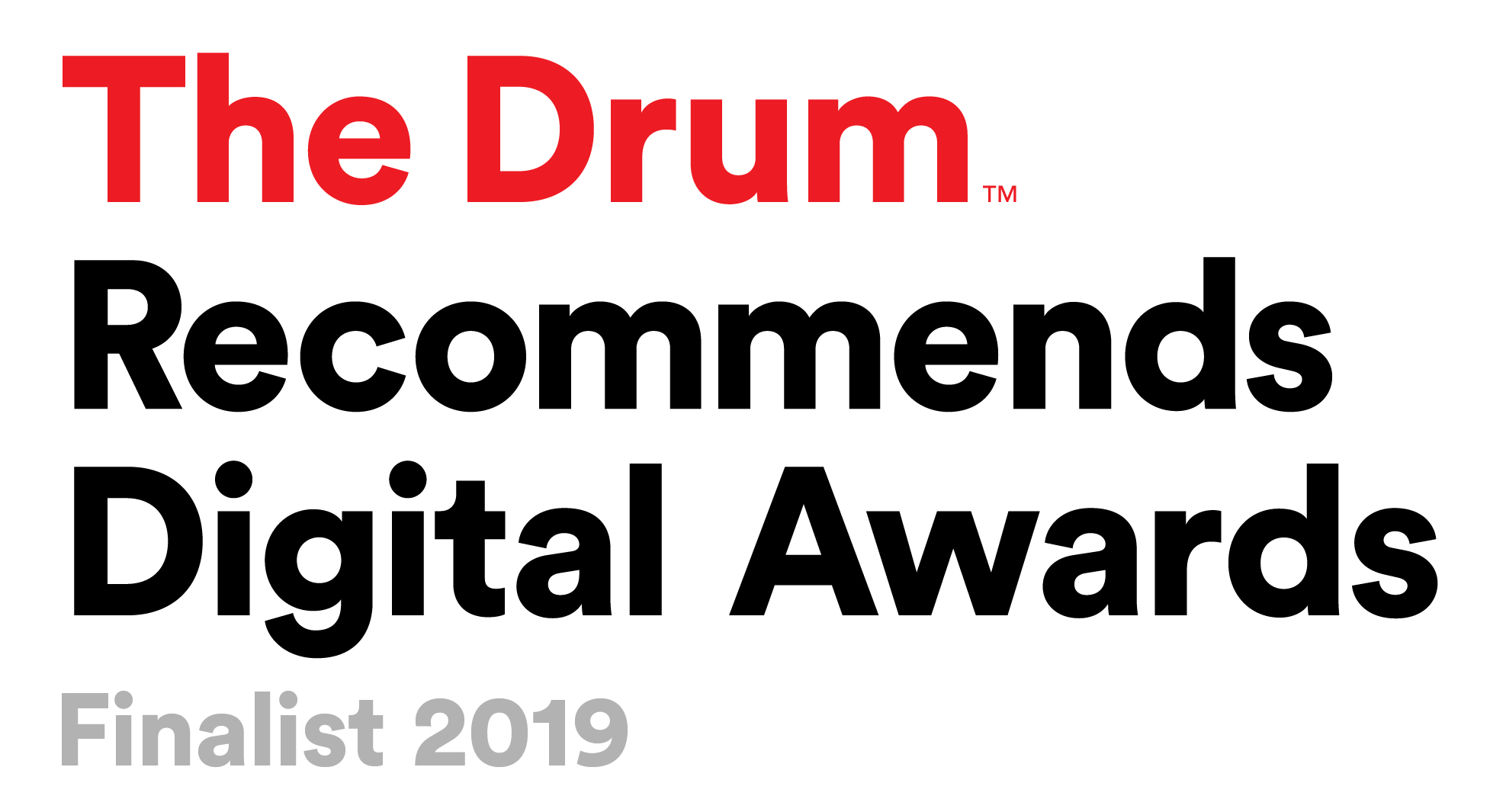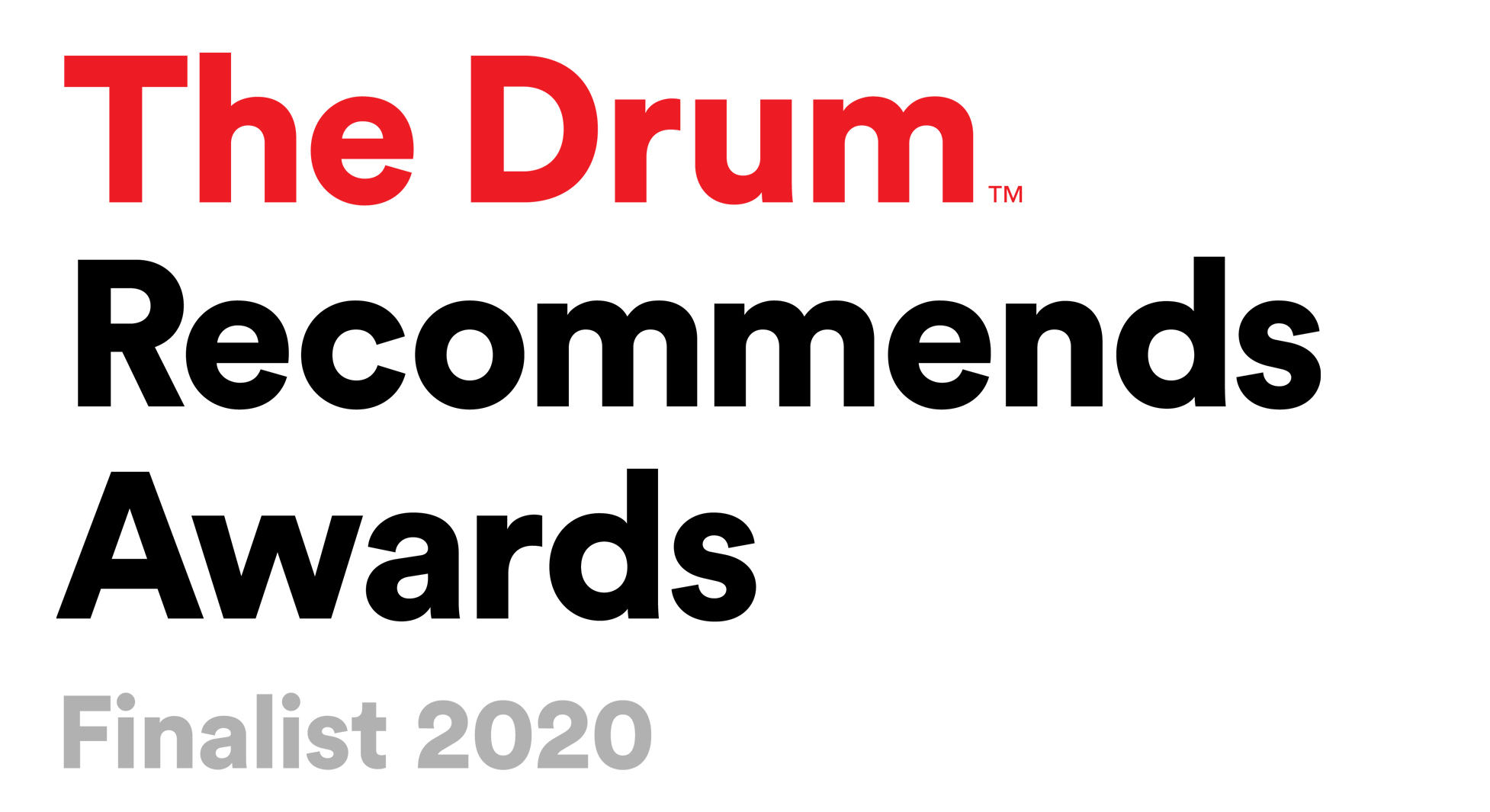10 Types Of Digital Marketing For Your Business
Marketing has always been key to achieving success in your business, and in this day and age, developing a digital marketing strategy is more important than ever. But you must understand what this means, how to use it, and the different types of digital marketing that you can use.
We wanted to have a look at different types of digital marketing to help you gain an understanding of how they can help boost traffic to your website, grow your customer base and brand awareness, and engage with your audience.
- Content Marketing
Consumers are hungry for information, whether it’s to increase their knowledge base, fulfil their desires, or save a problem. By providing your customers with high-quality and useful content, you will gain their trust and confidence.
Quality content will place your business in a position of authority in your market, and help cement your brand at the front of their mind when they are making purchasing decisions.
Content marketing is about providing your audience with answers to questions by publishing useful content, whether that’s in blogs, on social media, emails, or other channels, such as in apps or push notifications for mobile devices.
Content can take on many different formats, depending on the channel it is optimised for, and there are many different types of content, for instance, blog posts, infographics, videos, data sheets and more.
Content marketing can be orientated by a ‘funnel’, influencing the type of content used. At the top of this funnel, content is more general, for example, evergreen posts like relevant industry news or guides, and then will get more specific as the funnel narrows, such as testimonials, demonstrations, product news or releases.
- SEO (Search Engine Optimisation)
If you want your business to be a success, then consumers must be able to find it. SEO, or Search Engine Optimisation, will help your website and content to rank highly in search engine searches, meaning that your website can be easily found by consumers actively searching for what you provide.
To leverage SEO, you need to know the keywords that the consumers you want to reach are searching for, and then develop your content around these.
According to statistics from the Search Engine Journal, 91.5 per cent of web traffic is shared by the websites listed on the first page of results on Google, the first Google organic search accounts for 32.5 per cent of traffic, and 51 per cent of all website traffic comes from organic searches.
Organic traffic can be leveraged by producing high-quality content that is found in searches on Google or other search engines, demonstrating that SEO simply cannot be ignored.
- Social Media Marketing
As the name suggests, Social Media Marketing is a method of promoting your brand, products, or content through social media. It can be done organically, by paying for ads and posts on social media, or by using both simultaneously.
You can publish your content on social media for your followers and audience, or pay for ads to be placed in front of a specific social media audience or demographic. Either way, it is vital that you choose the right social network for your brand, product, or content. For example, Tik Tok is better for the younger generations, while Facebook may be more appropriate for older ones.
The advantages of social media marketing are that it is possible to get closer to your desired audience and improve your engagement and interaction with them. There is also the benefit of gaining extra validation of your brand, if or when your audience shares your content.
Social media also provides your brand with means of direct communication with your audience, which is why it is important to continually and consistently update and monitor your social media channels.
- Email marketing
Many people may claim that email marketing is dead or dying, due to the sheer number of email messages sent every day. But it is actually one of the more effective types of digital marketing and, used strategically, can provide significant results.
The way to accomplish this is to ensure that email subscribers are provided with useful, informative, and engaging content or interesting product or service promotions, but it is important that you always respect your audience’s privacy and refrain from sending spam. Email also provides a means of direct communication with your customers.
- Instant Message Marketing
Worldwide, the use of instant messaging has significantly increased, and almost all social media platforms have integrated direct messaging systems, while more and more brands are using platforms such as WhatsApp, providing a great opportunity for your marketing strategies.
If your customers need support, they can use these channels to get a quick reply, which in turn leads to positive associations with your brand, building on the relationships forged between brand and customer.
According to Statista, WhatsApp has 2 billion users in 2022, easily demonstrating the power and reach of this specific messaging channel and showing that this type of digital marketing cannot be neglected.
- Influencer Marketing
An influencer is a specialist in a specific subject with a considerable audience who is interested in their opinions and voice. A digital influencer may be enticed to produce specific content for your business if it fits well with their tone of voice.
For example, they can produce content such as product tests for their audience, reviews, or make affiliate content. However, there are risks, as influencers may also post about any negative experiences, which could be detrimental to your brand.
Despite these risks, more and more brands are using influencer marketing in their strategies and getting very good results, spreading the word to their loyal followers, and helping your brand find a new audience.
- Mobile Marketing
To reach your audience in this day and age, mobile marketing is almost mandatory. We all rely on our smartphones 24/7, for everything from communication, social media, health, shopping, and much more.
Mobile marketing is not just a trend, it now needs to be a reality for brands so they can ensure they are immediately available for their customers whenever they are needed.
This can be achieved by creating an app that allows for push notifications and instant messaging for direct marketing and communications with your customers, as well as exclusive mobile content such as engaging videos that they can consume anywhere.
- Video Marketing
Over 2 billion people per month look for videos on YouTube, according to Google, whether it’s for entertainment, the latest news, study content, or more. It is a huge opportunity for brands to reach new customers.
By integrating video marketing into your digital marketing strategy, you will be able to drive results through your marketing funnel.
People tend to search for videos for a variety of reasons, such as product reviews, or to find out more about specific products or services, and how others have used them. Over half of consumers will search for these videos before making a purchasing decision.
Developing engaging, informative videos as part of your marketing is an opportunity to boost sales and find new customers.
- Audio Marketing
Audio marketing has taken a different turn from the days of radio advertising with the prominence of podcasts, as more and more people listen while undertaking everyday tasks.
It may be an opportunity to develop audio marketing that targets the habits and podcast preferences of consumers, by inserting your product or service contextually into podcast advertising opportunities and making audio marketing a huge sales opportunity.
- Virtual/Augmented Reality Marketing
VR (Virtual Reality) and AR (Augmented Reality) are becoming more commonplace in our lives and can be leveraged by marketers to provide your audience with a more immersive experience with your brand product or service.
It is a rather unique marketing experience that will be almost unforgettable for consumers who try it out and will help differentiate your brand from the competition.
VR and AR are innovative and can help associate you with more modern concepts, helping to position your brand as an innovator and ahead of your time.
Are you making good use of digital marketing?
Digital marketing is simply marketing but leverages modern technology, such as smartphones, email, and the devices and online services we all use every day.
To get ahead and build your brand, you must make the best use of the opportunities available. Digital will only continue to grow, and who knows what innovation in technology and marketing we will all be using in the future!
If you want to know more about how digital marketing can help your business become and success, then come and talk to us at Tonic today!




